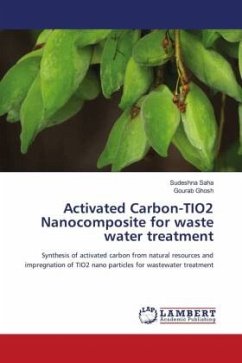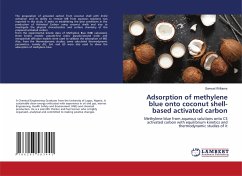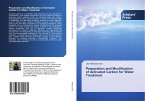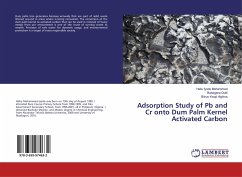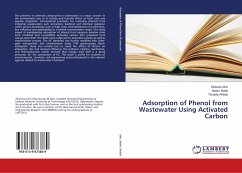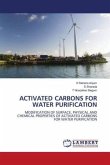Rapid industrialisation has extended the use of dyes in various industrial applications in order to meet the escalating demands on consumer products. The toxicity level of a particular dye is very important due to its diverse effects on the environment and living organisms. The study of the harmful effects of dye constituents and their metabolites is very important for the establishment of cost effective strategy to reduce their toxic effects. Among all the techniques for dye removal, adsorption and photocataysis are two important processes which are gaining much attention in recent years. In the present study activated carbon (adsorbent), TiO2 nanoparticles (photocatalyst) and their mixture and composite were used for dye removal. Prepared samples were characterized using standard characterization techniques such as XRD, SEM and FTIR. Activated carbon was prepared from waste shells of Sterculia foetida. The effect of activation temperature on dye removal efficiency was investigated. The adsorption followed Langmuir isotherm model.

